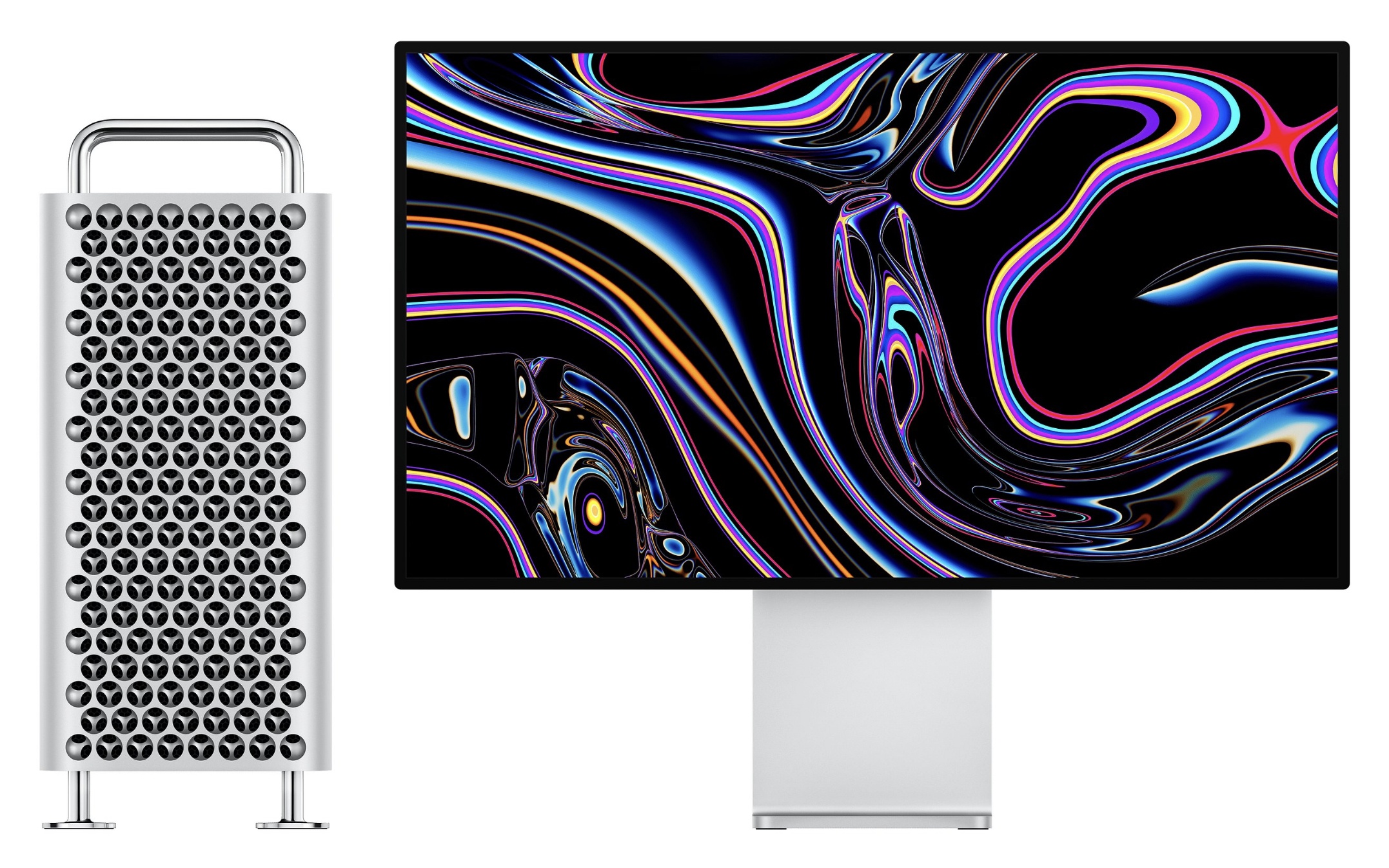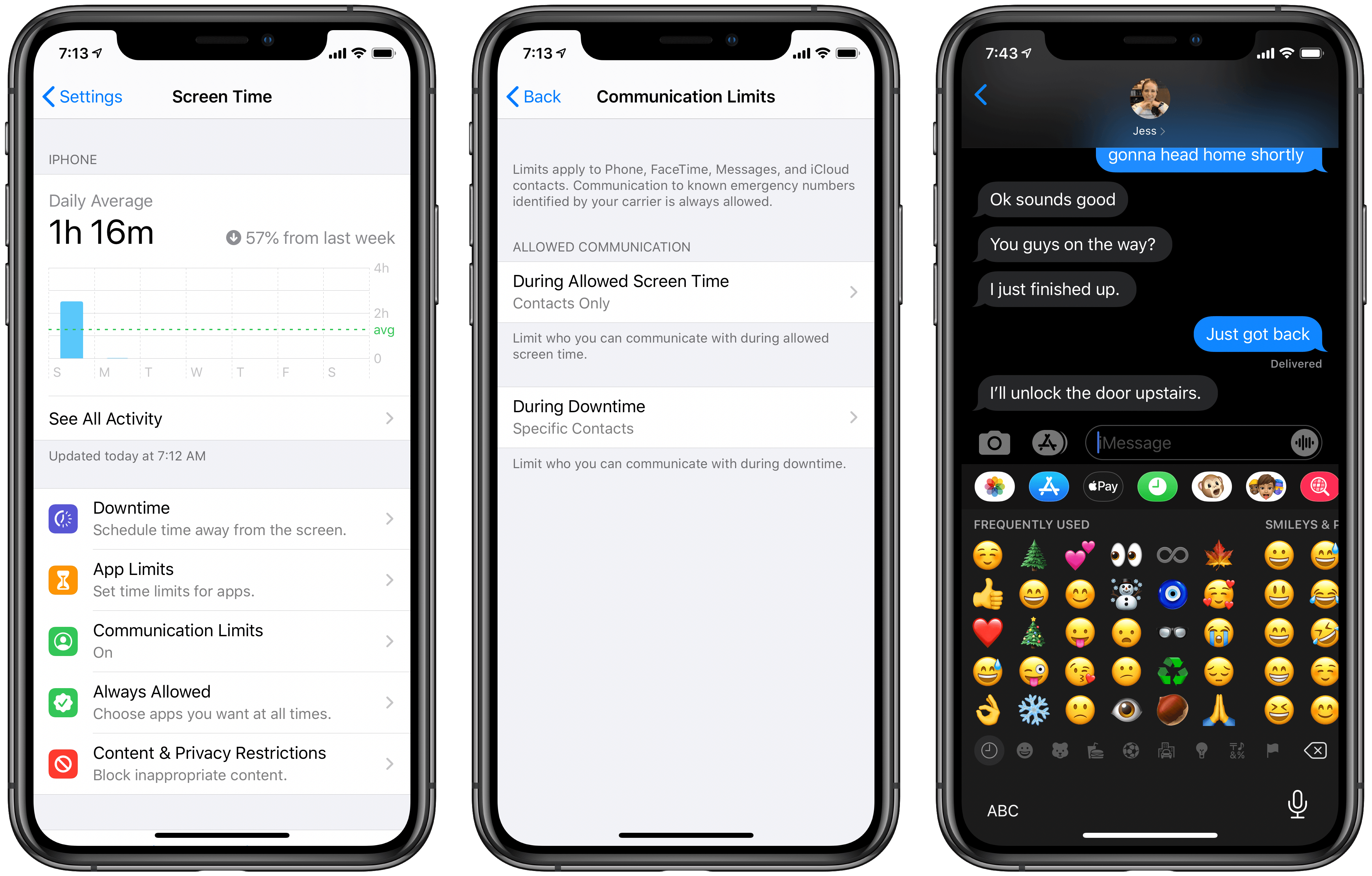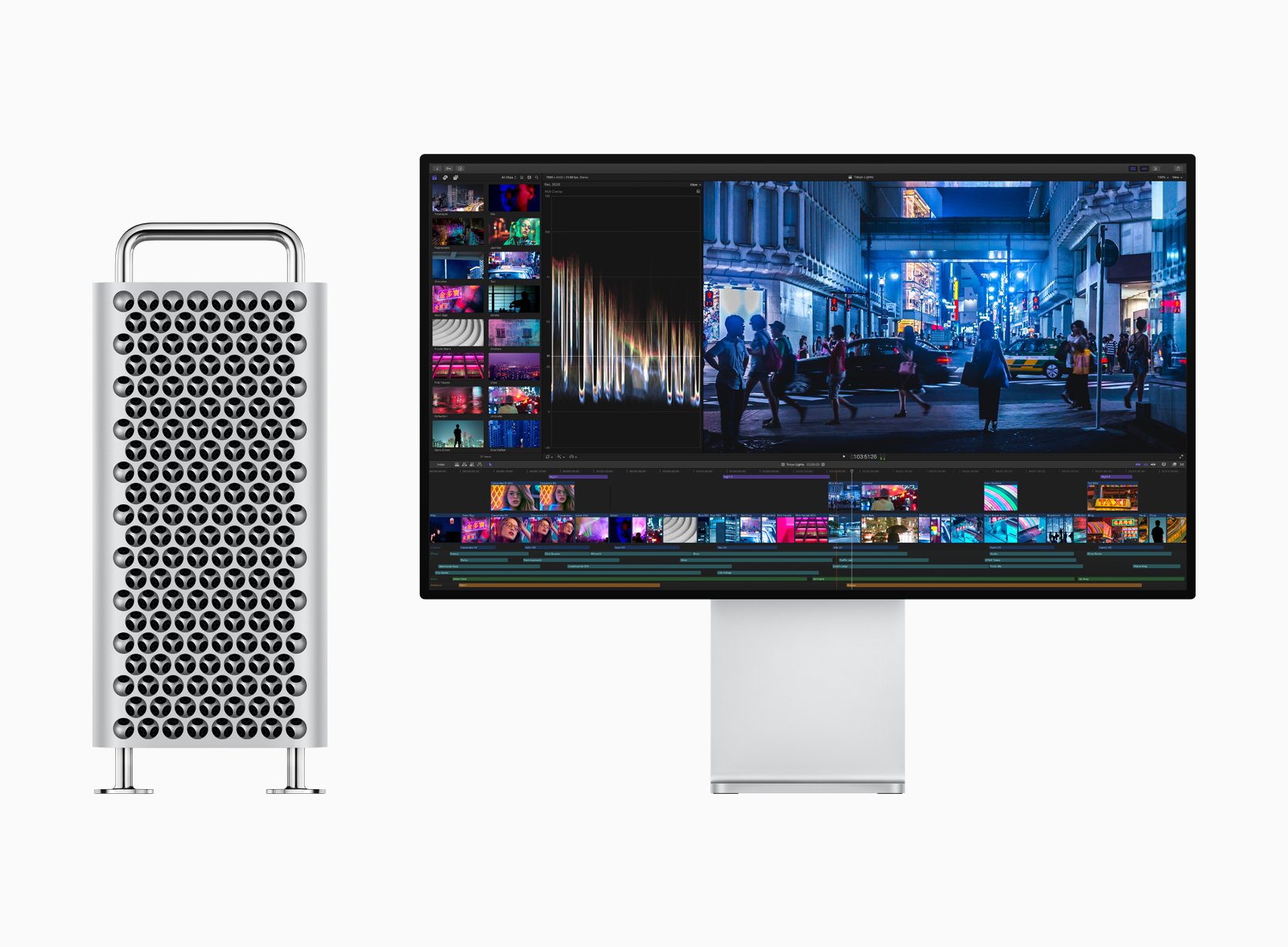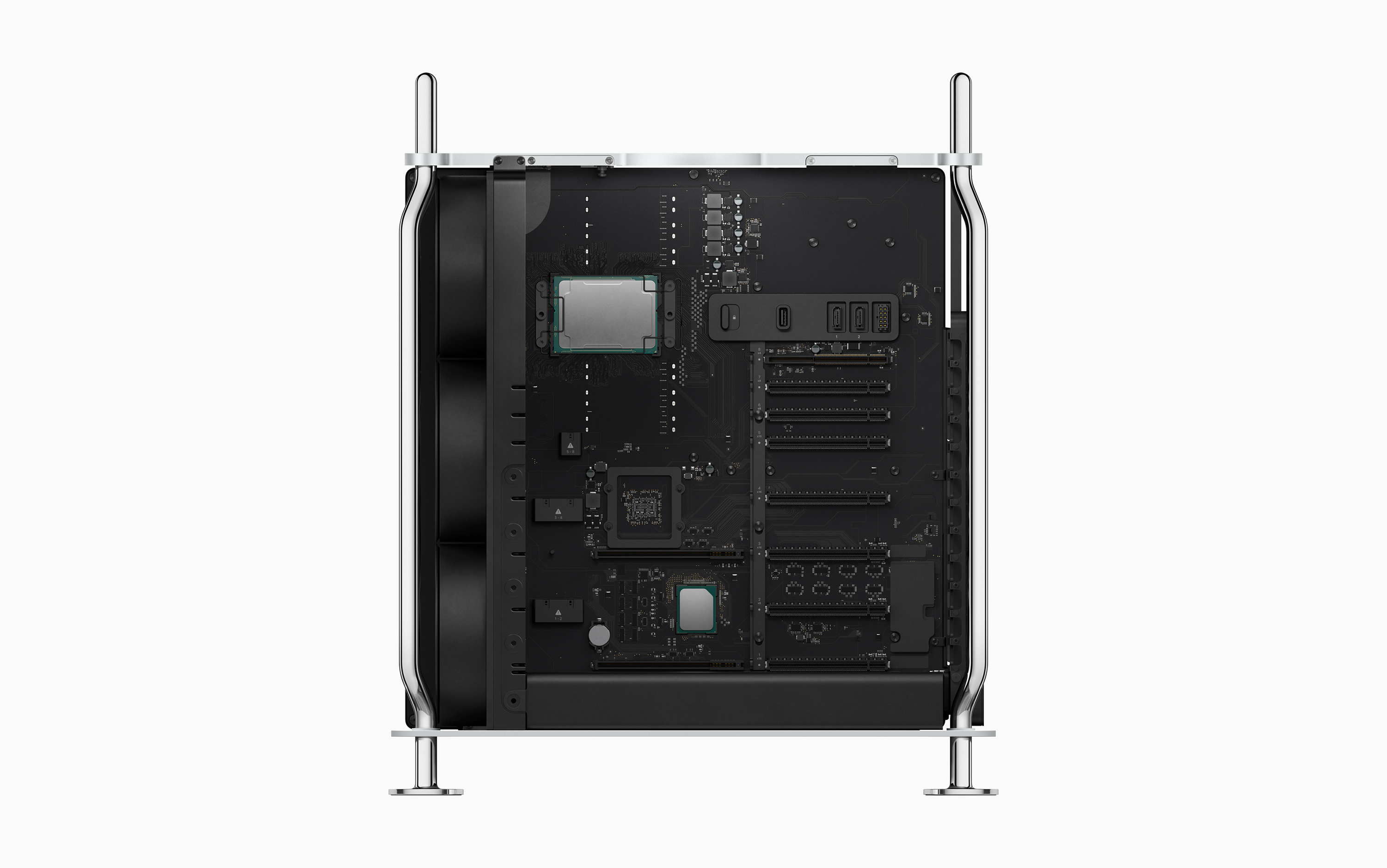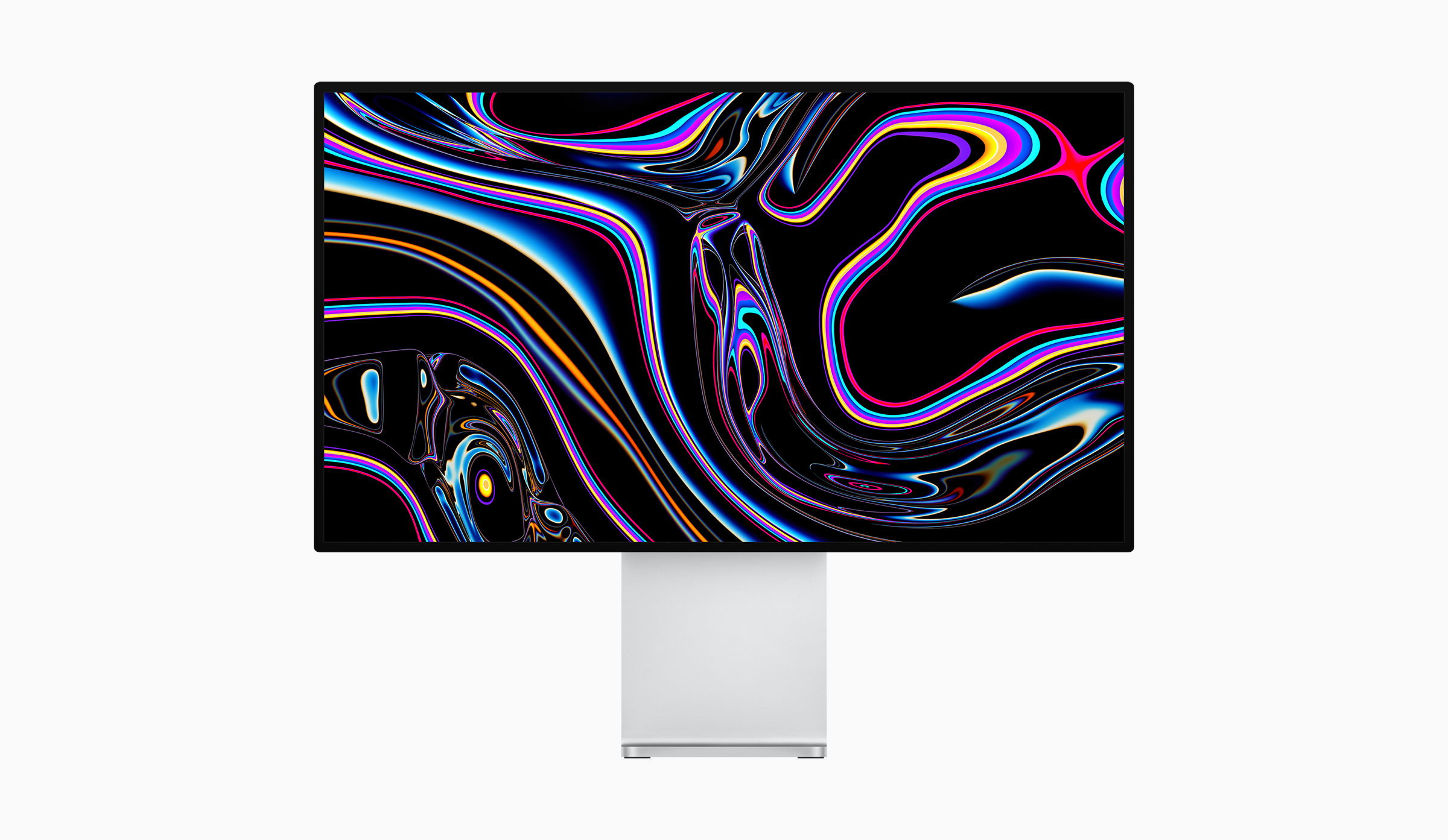First revealed at WWDC this past June, Apple has begun taking pre-orders for its next-generation Mac Pro and 32-inch Pro Display XDR with in-store availability and shipping beginning in 1-2 weeks.
The new Mac Pro’s specs are a huge step up from the previous cylindrical model. As we reported from WWDC in June:
The system’s processor is an Intel Xeon W available in 8, 12, 16, 24, and 28-core configurations powered by a 1.4 kilowatt power supply. The processors also feature large L2 and shared L3 caches and 64 PCI Express lanes. The 8, 12, and 16-core models support 32, 48, 96, 192, 384, and 758GB memory configurations, with the 24 and 28-core models also supporting 1.5TB of memory using a six-channel architecture and 12 easily accessible DIMM slots. There are also a total of eight PCI expansion slots, four of which are double-wide, three of which are single-wide, and one of which is a half-wide slot preconfigured with Apple’s I/O card. The Mac Pro also supports up to 4TB of SSD storage and features Apple’s T2 chip.
The graphics options are similarly impressive:
The system supports two MPX Modules with a total of up to 4 GPUs. Configurations include a single AMD Radeon Pro 580X, single AMD Radeon Pro Vega II, or AMD Radeon Pro Vega II Duo, which features two GPUs. Two MPX Modules with AMD Radeon Pro Vega II Duos provide 56 teraflops of compute power and 128GB of high-bandwidth memory, for handling the most demanding video compositing and 3D rendering tasks, for example. The new Mac Pro also introduces Apple Afterburner, a hardware accelerator card that can process up to 6.3 billion pixels per second, which allows up to 3 streams of 8K ProRes RAW, 12 streams of 4K ProRes RAW, or 16 streams of 4K ProRes 422 video all at 30 frames per second.
The new Mac Pro, which starts at $5,999 and can be configured well into five figures, is available for immediate pre-order on apple.com with in-store availability and shipping beginning in 1.2 weeks. In total, there are two base configurations – tower and rack mounted versions – each of which can be further customized on Apple’s website. Apple’s website also revealed that the optional Mac Pro wheels will cost $400.
As you would expect from a pro-level desktop Mac, there are numerous options for processors, system memory, storage, graphics, and more. Equipped with the most expensive of every hardware option, you can spend over $50,000 on a Mac Pro, which is a very large sum, but one that professionals in industries like film and music will likely be willing to pay to eliminate bottlenecks in their production workflows.
Apple has also announced availability of the Pro Display XDR, which was shown off alongside the Mac Pro at WWDC.
The new display is 32 inches diagonally with over 20 million pixels, P3 wide color gamut, and 10-bit color, which Apple says results in over 1 billion colors. The display can sustain 1,000 nits of brightness with 1,600 nit peaks and features a 1 million to 1 contrast ratio. The company also offers an optional matte finish that etches the screen’s glass at a nanometer scale, which adds $1,000 to the price.
The Pro Display XDR is available for pre-order now starting at $4,999. A model with a nano-etched anti-glare finish model begins at $5,999. The display’s stand is sold separately for $999, as is the VESA adaptor, which is is $199.








